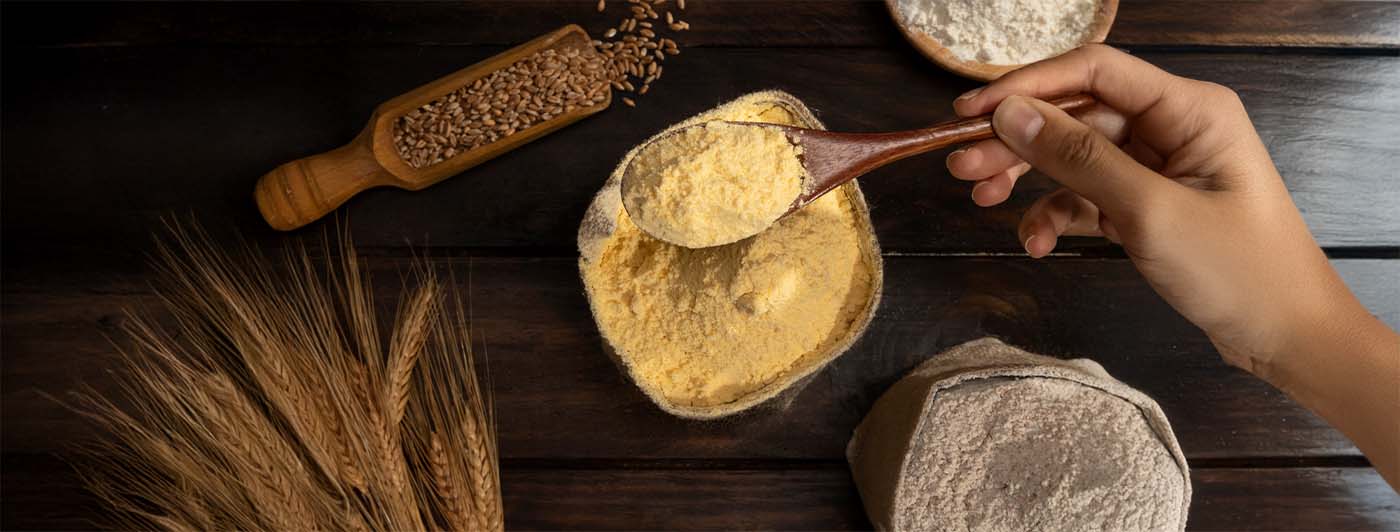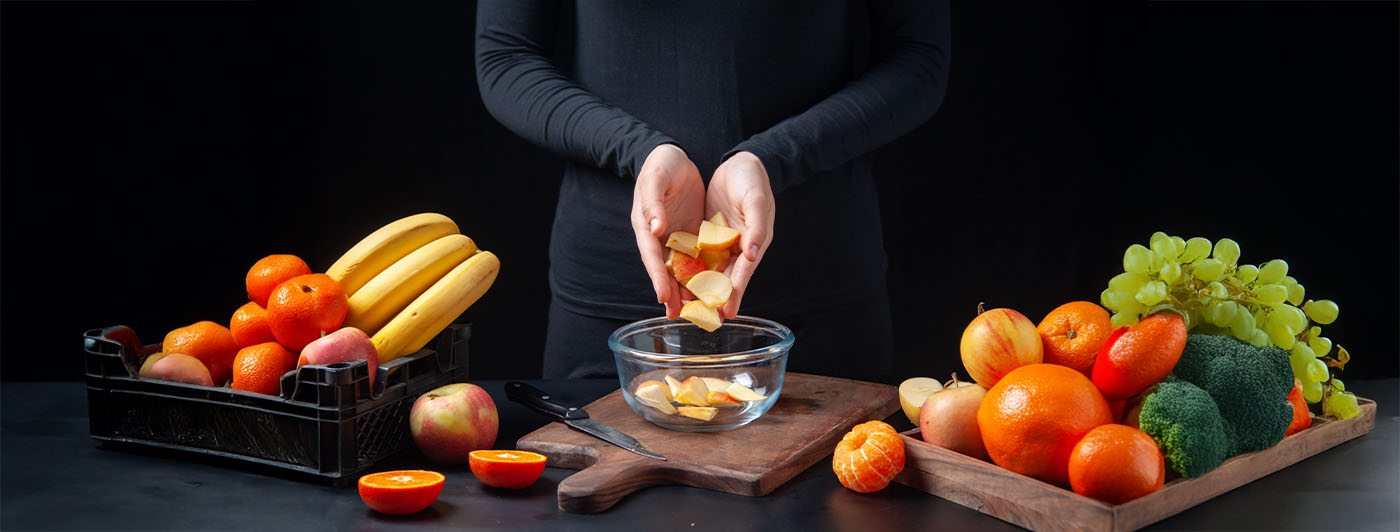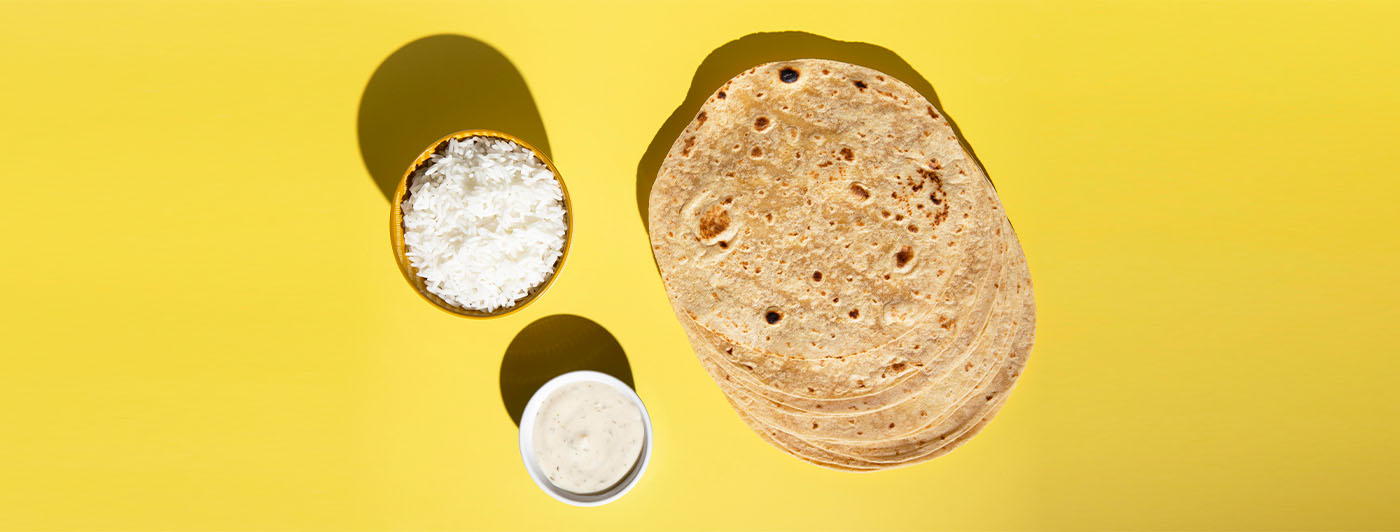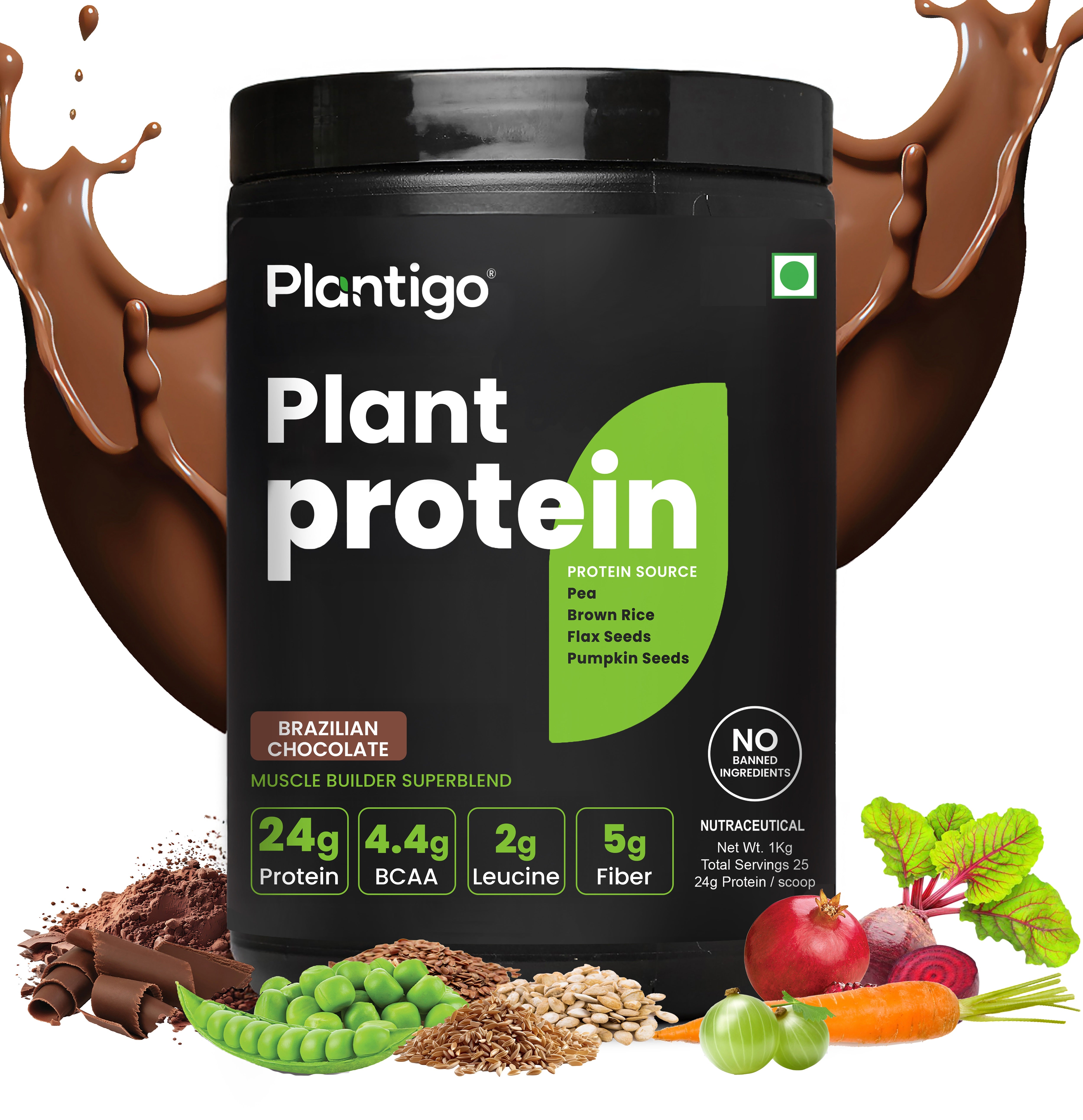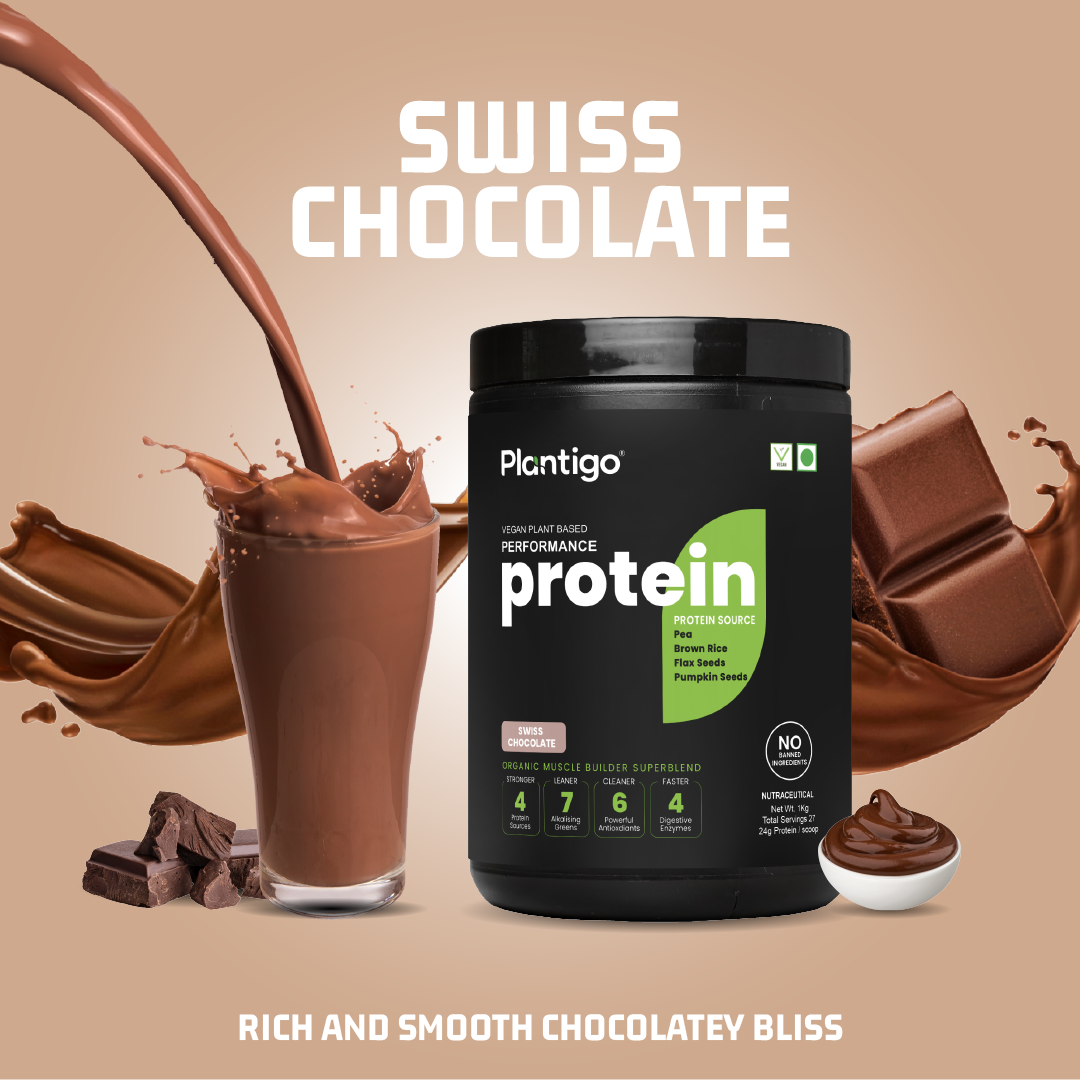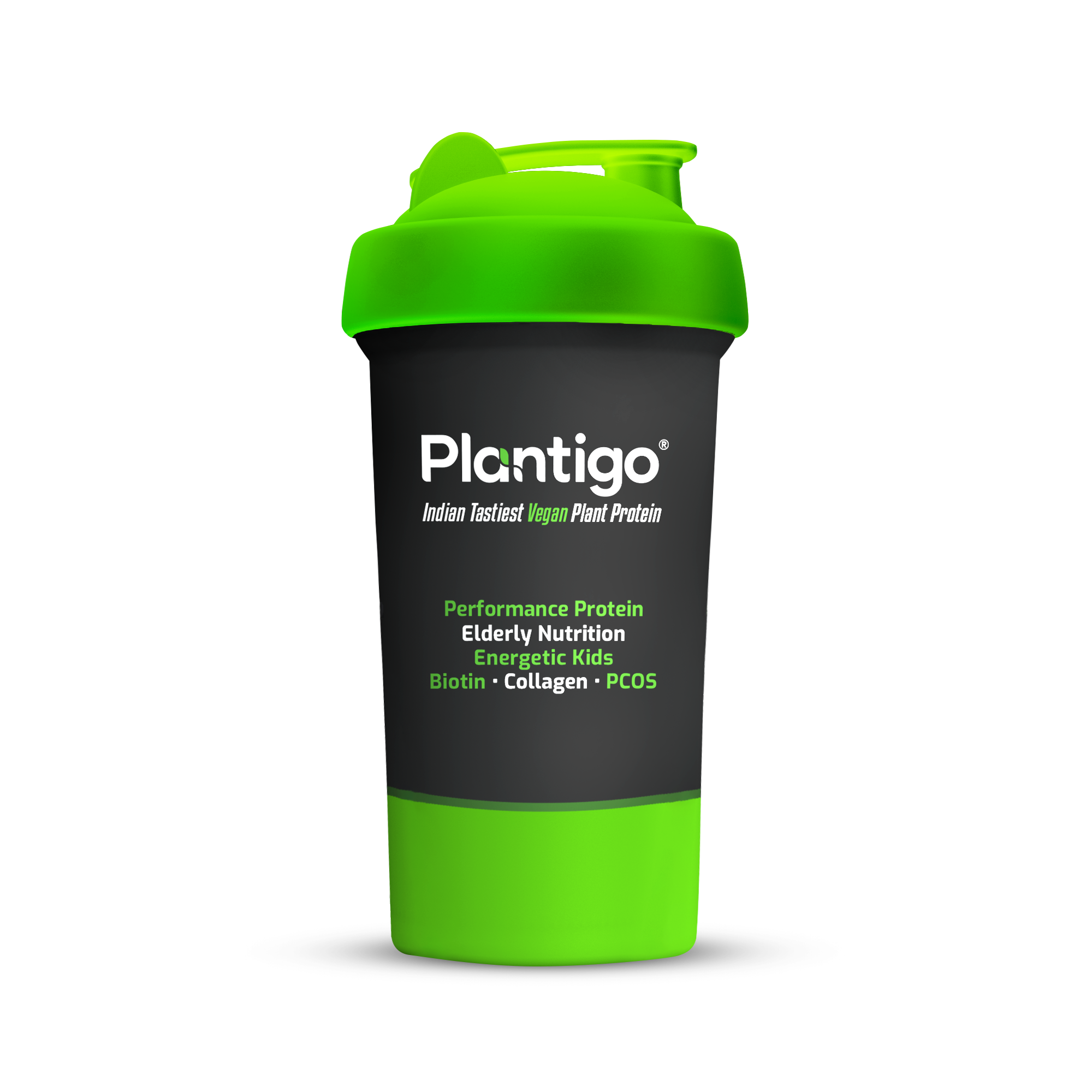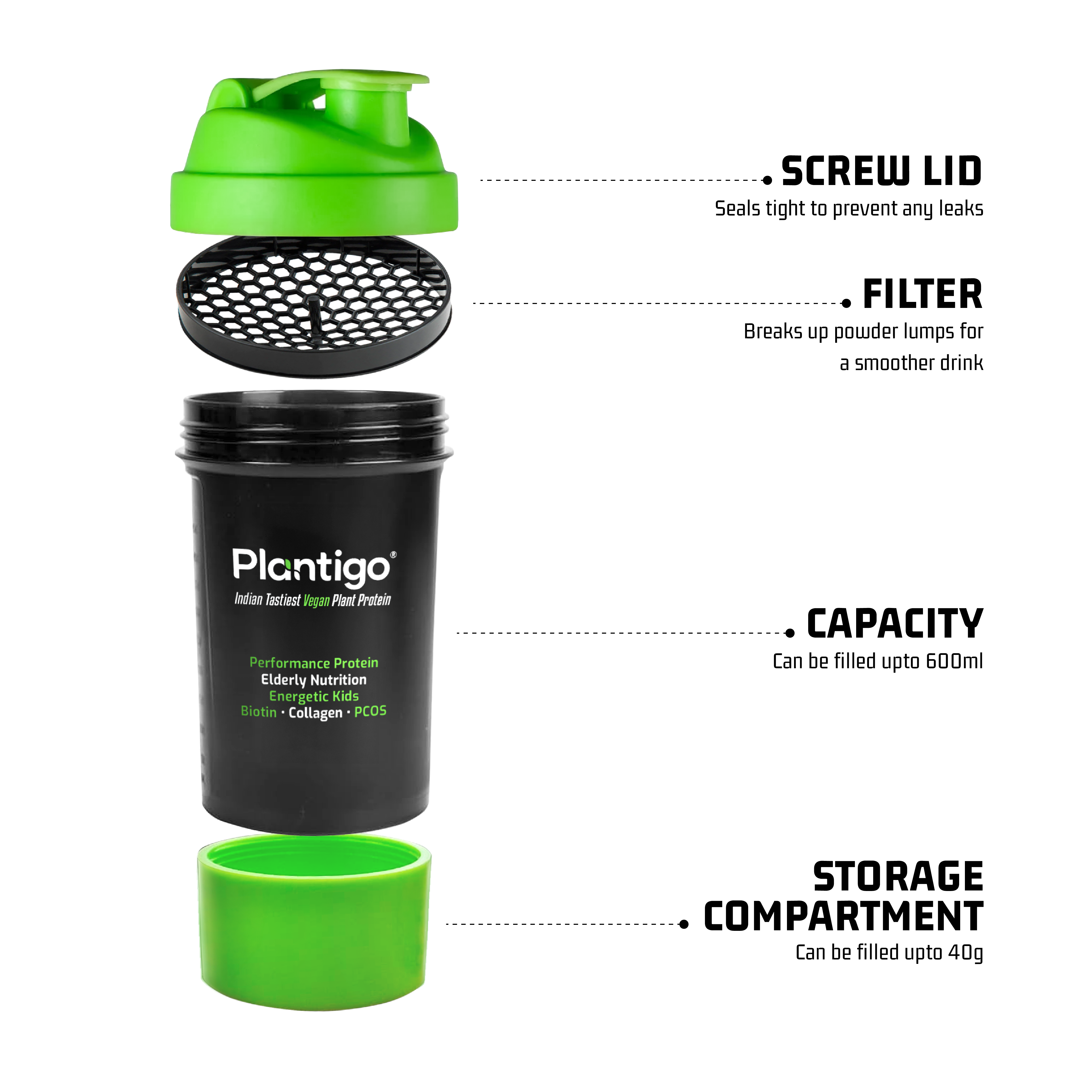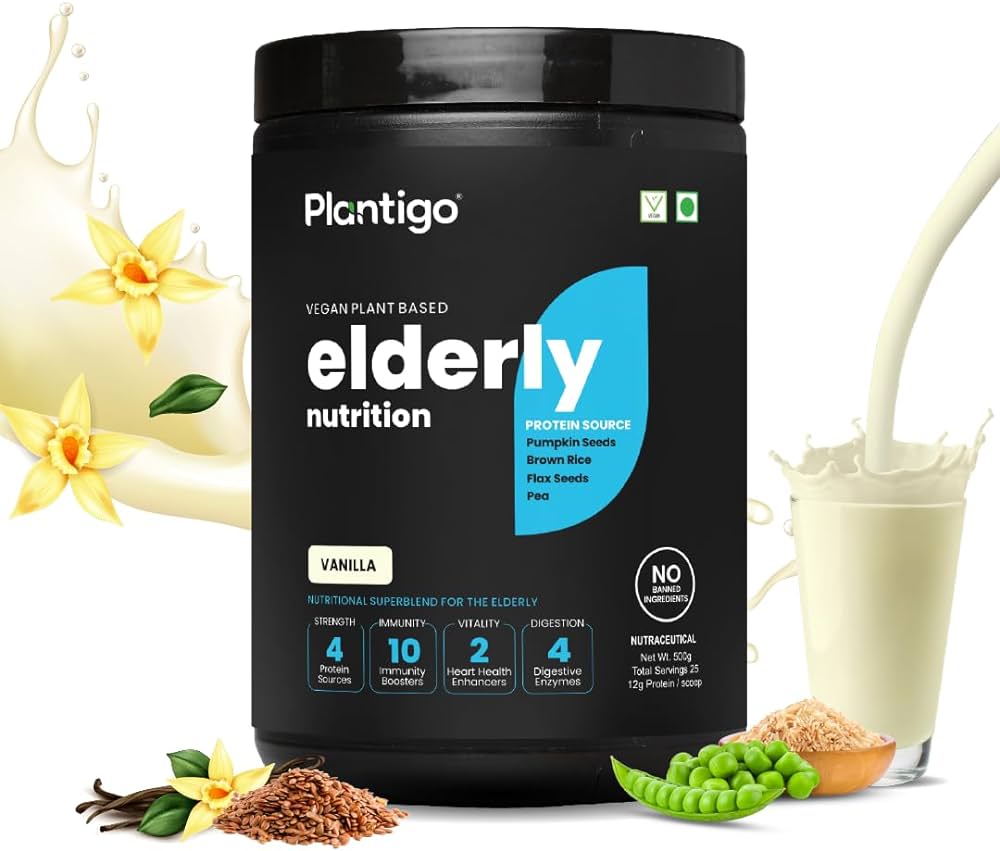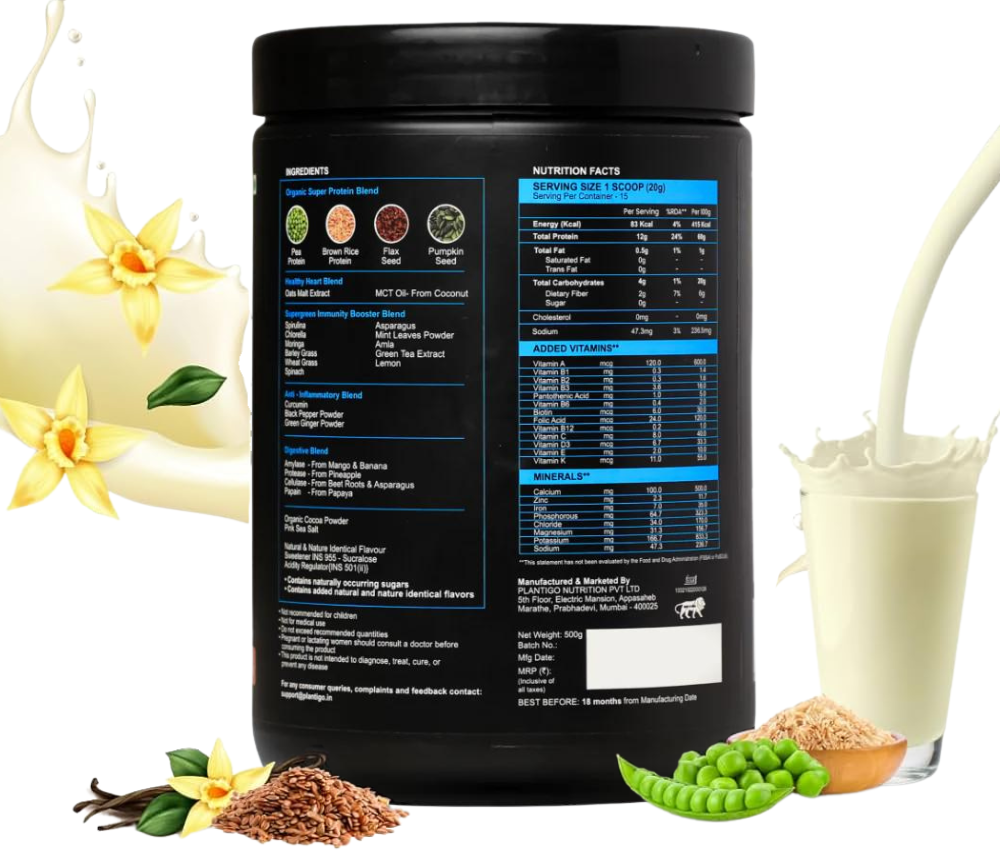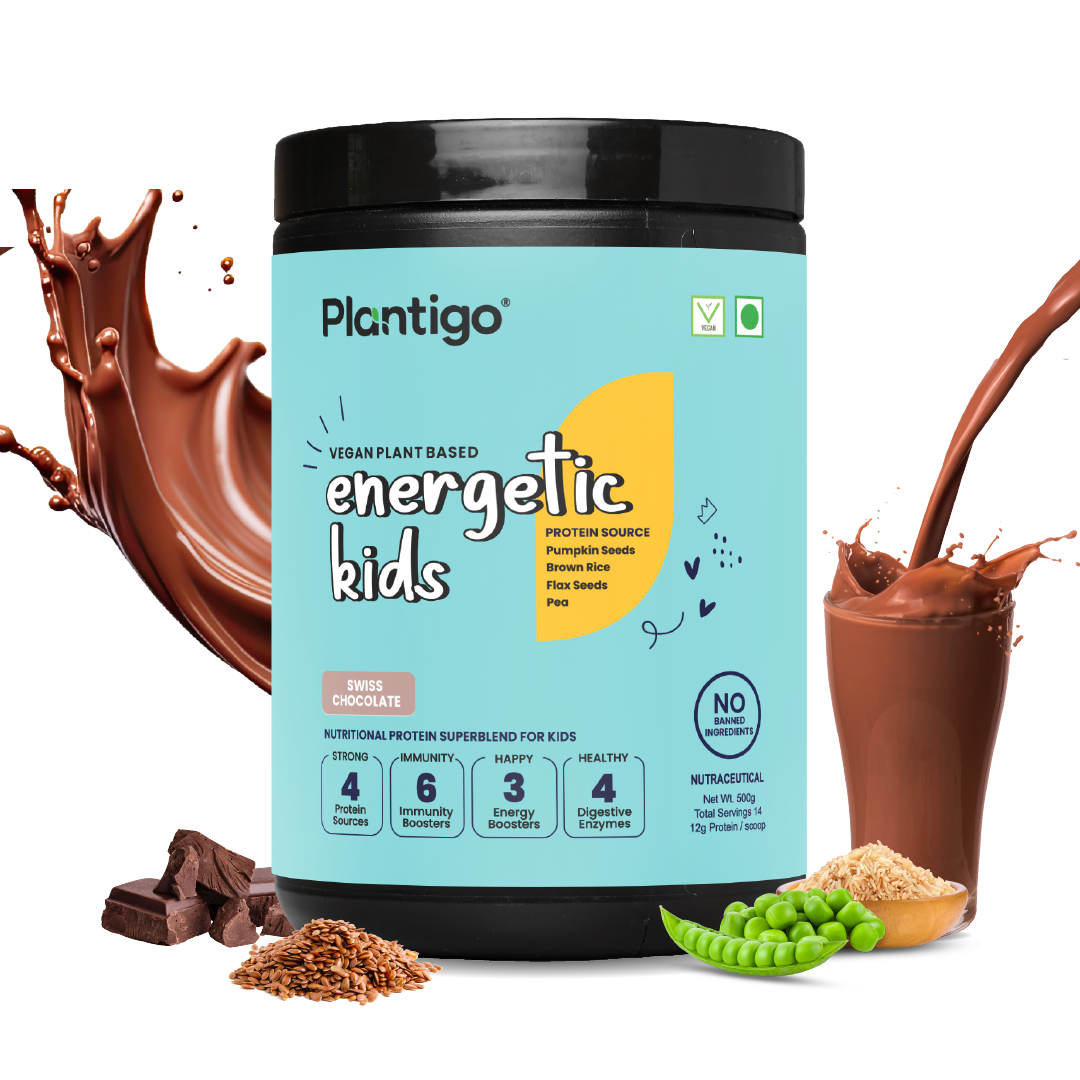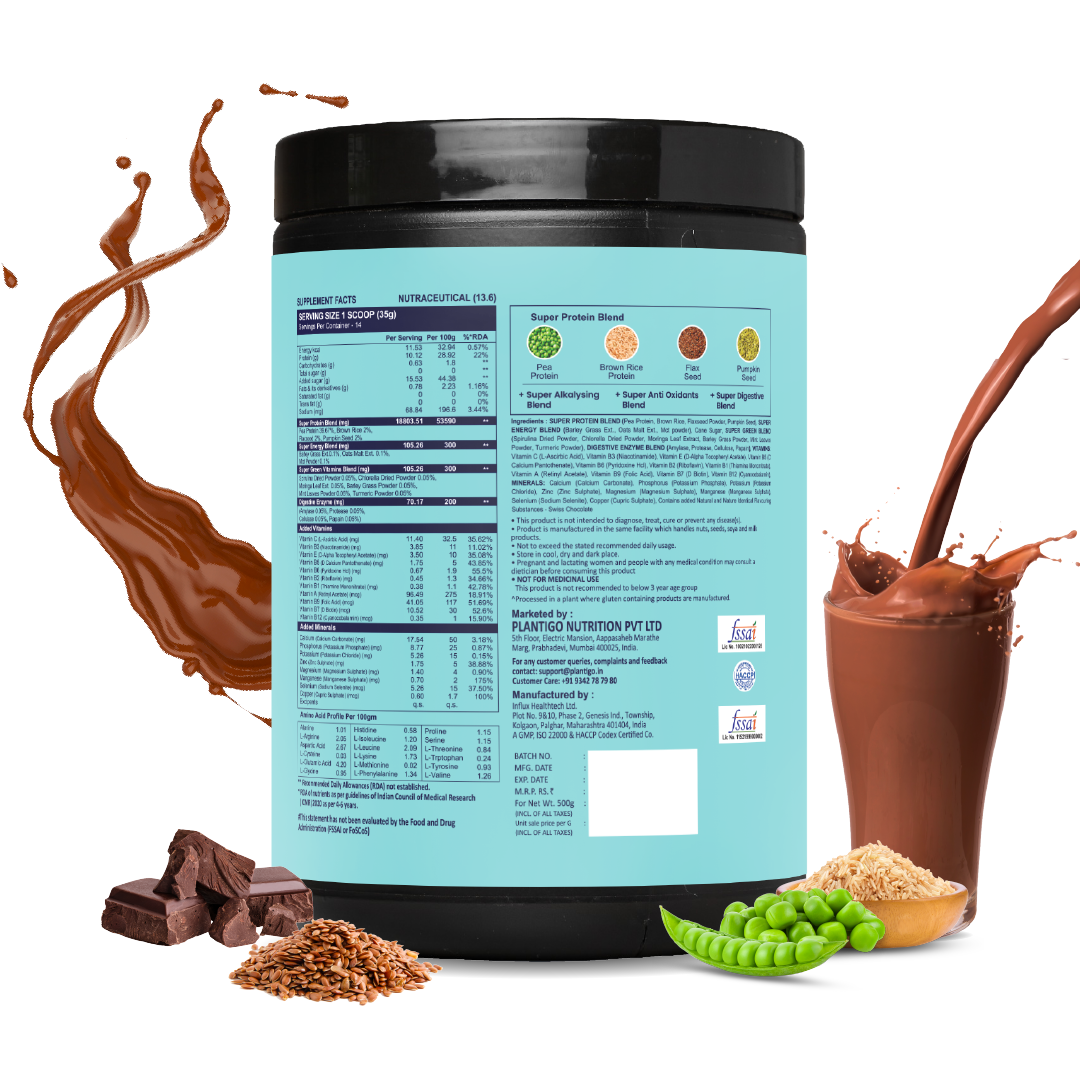Ever wondered if a single ingredient could boost your protein intake, clear up your skin, support weight loss, and still be affordable and versatile enough to use daily?
Meet gram flour—your kitchen’s most underrated superfood.
Gram flour nutrition is finally getting the spotlight it deserves—and for good reason. Known as besan in India, gram flour is made from ground chickpeas and is a staple in many Indian households. But beyond its culinary charm, it is a powerhouse of nutrients that benefits both your body and your skin.
Whether you're trying to eat healthier, lose weight, gain clear skin, or just curious about plant protein sources that aren't overly processed or expensive, gram flour is a game-changer. It effortlessly checks all the boxes for those seeking natural, functional nutrition.
Let’s dive into the top 10 gram flour nutrition benefits—backed by science and rooted in tradition.

1. Rich Source of Plant-Based Protein
When talking about gram flour nutrition, one of the first things worth mentioning is its high protein content. Just 100 grams of gram flour contains approximately 22 grams of protein, making it an excellent alternative to other protein foods in India.
Unlike wheat flour, gram flour is gluten-free and dense in amino acids. This makes it ideal for vegetarians or those switching to plant based protein powder options. It also pairs well with foods like pea protein powder, which can further enrich your protein profile.
2. Supports Weight Management
If you're looking to shed a few kilos, gram flour nutrition works in your favor. It is low in calories and high in fiber, which promotes satiety and reduces cravings.
Consuming gram flour-based dishes like chilla or theplas can help curb appetite while supplying your body with necessary nutrients. Combined with other low calorie fruits like papaya or guava, it can be a strategic choice for your weight loss journey.
3. Excellent for Skin Health
Your skin reflects what you eat, and gram flour is a natural detoxifier. One of the best-known gram flour nutrition benefits is its ability to purify and brighten the skin. Rich in zinc and antioxidants, it helps prevent acne and improves skin tone.
Many Indian households still use gram flour in homemade masks for exfoliation and oil control. Want an extra glow? Pair your skincare with chia seeds for skin—a combo rich in omega-3s and anti-inflammatory compounds.
4. Controls Blood Sugar Levels
Diabetics and those watching their glycemic index will be happy to know that gram flour nutrition includes a low glycemic load. This means it doesn't cause a rapid spike in blood sugar levels post meals.
This benefit makes gram flour a smart alternative to refined flours and contributes to long-term metabolic health. It also aligns with modern dietary planning where tools like protein intake calculator and glycemic indexes help tailor diets.
5. Heart-Friendly Nutrients
Gram flour is a heart-healthy food rich in unsaturated fatty acids, magnesium, and potassium. The gram flour nutrition profile supports cardiovascular health by helping reduce bad cholesterol (LDL) and maintaining blood pressure.
When paired with antioxidant rich foods in India such as amla, moringa, or turmeric, it forms a powerful dietary base to combat oxidative stress and inflammation—two major risk factors for heart disease.
6. Rich in Vitamins and Minerals
A deeper look at gram flour nutrition reveals that it's packed with essential nutrients like iron, magnesium, zinc, and several B vitamins—particularly B6 and folate. These contribute to red blood cell production, nervous system function, and overall energy metabolism.
It also complements the nutritional benefits of vitamin B12 rich dry fruits like almonds and walnuts, especially for vegetarians who may miss out on animal-based B12 sources.
7. Gluten-Free Alternative
If you're intolerant or sensitive to gluten, gram flour is a fantastic substitute for wheat-based products. It’s completely gluten-free and can be used for baking, coating, or as a thickener.
Wondering how much protein you lose when replacing your regular roti? The answer is minimal. In fact, 1 wheat roti protein content is about 2–3 grams, while one besan chilla gives you about 5–6 grams of protein. So you’re actually leveling up.
8. Enhances Digestive Health
The fiber content in gram flour—both soluble and insoluble—contributes significantly to digestive well-being. One of the understated gram flour nutrition facts is its role in gut health, by aiding regular bowel movements and promoting healthy gut bacteria.
It also reduces bloating, making it ideal for those who often face digestive discomfort after consuming heavy meals or refined carbs.
9. Helps in Lean Muscle Development
For fitness enthusiasts and bodybuilders, incorporating gram flour in meals is a strategic move. Its high protein content supports muscle recovery and growth. And unlike some animal-based proteins, gram flour is low in saturated fats.
If you're exploring natural ways to boost your protein without overloading on calories or cholesterol, gram flour nutrition can complement your training diet. For those on bulking plans, you can also mix it with chia seeds for weight gain, oats, and banana to make a high-calorie protein shake.
10. Versatile and Affordable Superfood
Finally, gram flour nutrition wins bonus points for accessibility and versatility. It's available in every Indian grocery store, affordable to all, and can be used in numerous forms—from traditional recipes like pakoras to modern ones like pancakes and protein bars.
Combine it with other protein foods in India like tofu, paneer, or legumes, and you’ve got a meal that’s both delicious and nutritionally complete.
Final Thoughts
There’s a reason why ancient Indian households swore by gram flour nutrition—and now, modern science is catching up. Whether you're on a weight-loss plan, striving for clearer skin, managing diabetes, or simply seeking a reliable plant protein source, gram flour ticks all the boxes with ease.
In a world overflowing with costly supplements and hyped-up superfoods, this humble pantry staple continues to prove its worth—supporting everything from digestion and skin health to muscle gain and metabolic wellness.
And if you're someone who’s building a cleaner, protein-rich lifestyle, combining traditional ingredients like gram flour with new-age clean proteins—like Plantigo plant protein—can give your diet both balance and performance. It’s the smart way to harness the best of both worlds: rooted in Indian nutrition, elevated by modern science.
So, the next time you plan a meal, don’t overlook gram flour. Add it to your chillas, pancakes, or smoothies—and let it work its quiet magic.
Your body, your skin, and your future self will thank you.
Ready to level up your everyday nutrition?
Start today—with simple swaps, smarter choices, and staples that actually work.
Frequently Asked Questions
1. How much protein is in 100g of gram flour?
100 grams of gram flour contains approximately 22 grams of protein. It’s a rich plant-based protein source ideal for vegetarians and vegans looking to meet their daily intake goals.
2. Is gram flour good for weight loss?
Yes, gram flour is low in calories and high in fiber, which helps promote satiety, control cravings, and support healthy weight loss when included in a balanced diet.
3. Can I eat gram flour daily?
Yes, gram flour can be consumed daily in moderate quantities. It's rich in nutrients, gluten-free, and versatile—making it suitable for rotis, chillas, pancakes, and more.
4. Does gram flour help with skin glow?
Yes, gram flour contains zinc and antioxidants that help purify the skin, reduce acne, and brighten complexion. It’s often used in both diet and face masks for glowing skin.
5. Is gram flour better than wheat for protein?
Gram flour has more protein than wheat flour. One besan chilla offers 5–6g protein, while 1 wheat roti protein content is around 2–3g, making gram flour a higher-protein option.

